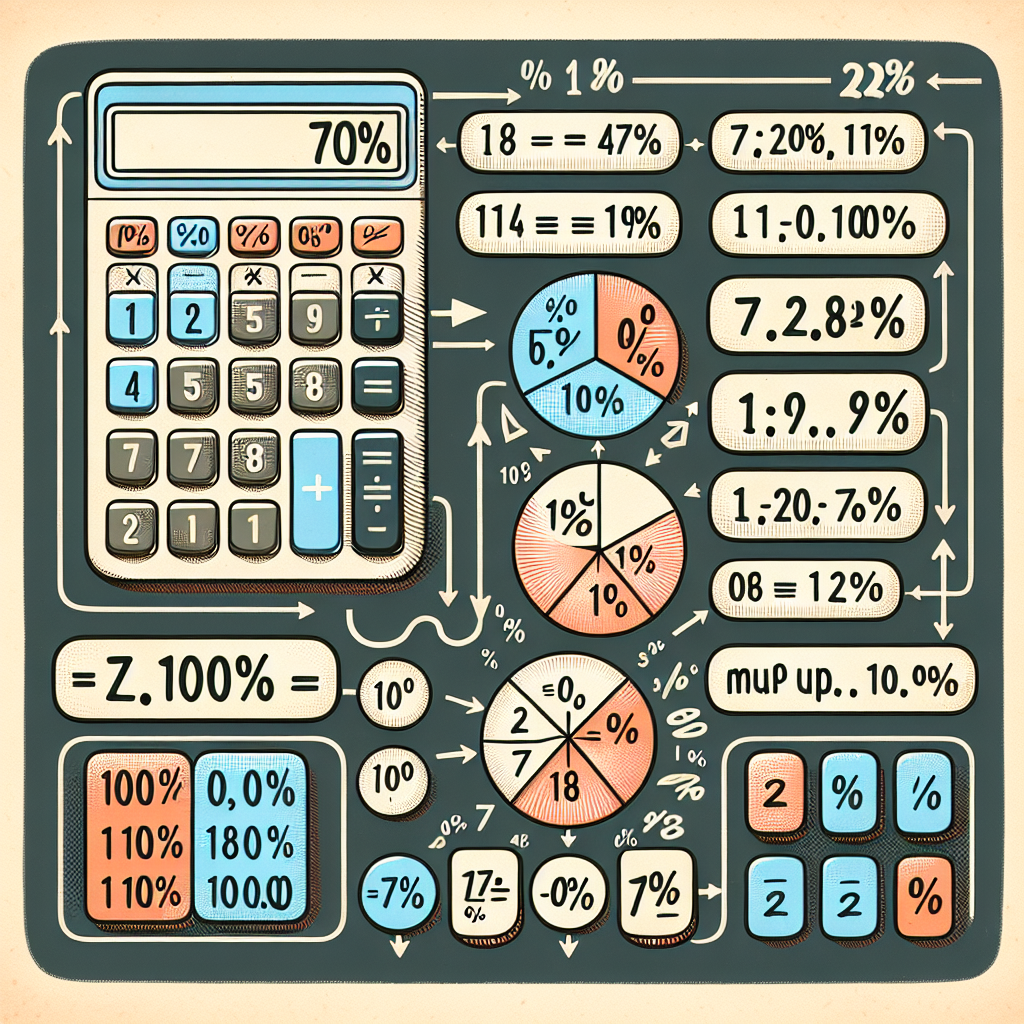Calculating Percentage: A Comprehensive Guide
One fundamental concept that we often come across in our day-to-day lives, career, and studies is ‘percentage’. Understanding how to calculate percentages efficiently and accurately can prove invaluable in various settings—from handling finances, comparing statistics, to analysing data. This blog post will walk you through the processes on how to calculate percentages, providing you with practical examples and insights.
Understanding Percentages
A percentage is a mathematical term that represents a number as a fraction of 100. The term originates from the Latin phrase, ‘per centum’, which means ‘by the hundred’. Whether it’s calculating discounts, determining statistical data, or measuring performance, calculating percentages can give us meaningful information about data and comparisons, which would otherwise be difficult to understand.
How to Calculate Percentages
The basic formula to calculate percentages is:
(Part / Whole) x 100 = Percentage
Let’s delve into this formula and understand the process involved in calculating percentages through some practical examples.
Example Scenario
Imagine there are 80 apples in a basket. You remove 20 apples. What percentage of apples did you remove?
- Part: Number of apples removed, which is 20.
- Whole: The total number of apples initially, which is 80.
To calculate the percentage:
(20 / 80) x 100 = 25%
This means if you remove 20 out of 80 apples, you have removed 25% of the total apples.
Calculating Percentage Increase/Decrease
An understanding of how to calculate percentage increases or decreases can be extremely useful, especially within the fields of finance or business. The formula for calculating the percentage change is:
((New Value – Old Value) / Old Value) x 100 = Percentage change
Example Scenario
Suppose you bought a phone last year for $500, and now its value dropped to $400.
- New Value: Its current price, which is $400.
- Old Value: Its initial price, which was $500.
To calculate the percentage decrease:
((400 – 500) / 500) x 100 = -20%
The negative sign shows a decrease of 20%. Hence the phone’s value has decreased by 20% since you bought it.
Conclusion: Practice Makes Perfect
Mastering the art of calculating percentages requires patience, understanding of the concept, and above all – practice. Try and make everyday calculations in terms of percentages – it will not only solidify your understanding but also make this practice second nature.
About the Author
This comprehensive guide has been created by a mathematics expert, with over 10 years of teaching experience at a leading university. His digestible approach to complex topics has educated countless students and professionals in their mathematics journey, turning complex concepts into understandable knowledge.



